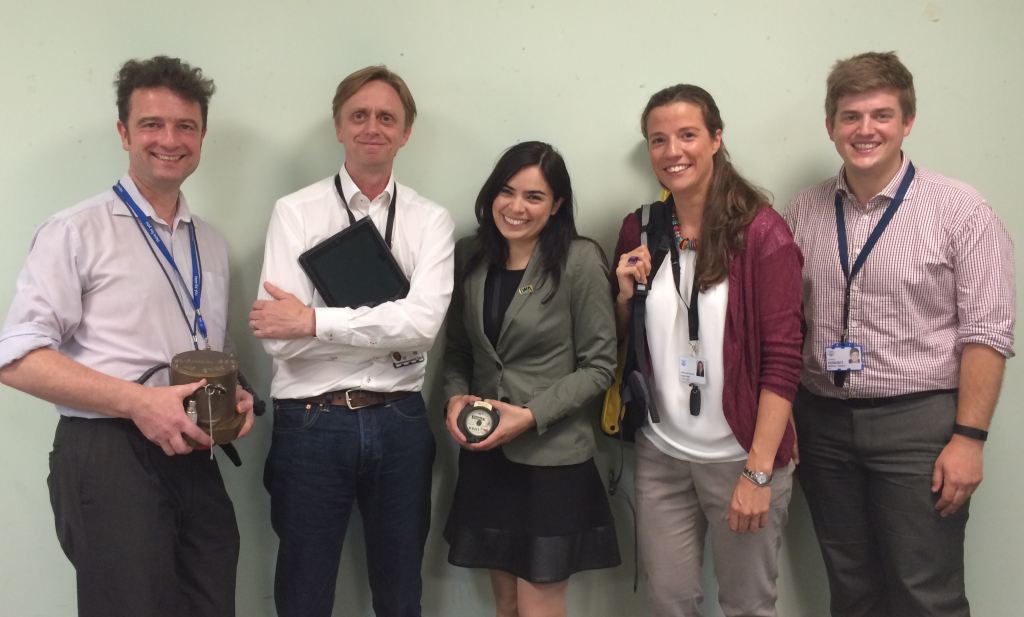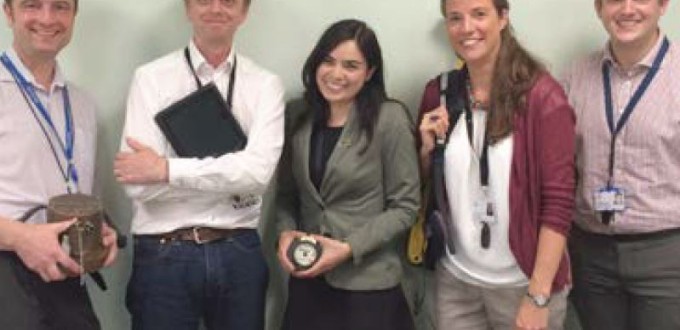This future has a TWIST in the tale!
Matt Hawkins explains how big data and neuroscience will revolutionise the water industry
Technology is advancing faster than ever and our lives are quickly becoming entwined with our devices. Take smartphones for example, we all have one. Whilst sat on our desks they are soaking up data from sensors and the internet, using it to predict your movements. This lets Cortana, Siri or any other virtual assistant warn you that you need to leave early for your meeting at Kemble Court because traffic is bad, or even tell you to bring an umbrella because the walk to the train station is going to be a wet one.
This is all driven by data, which is rapidly becoming one of the most valuable commodities a business has. If you need proof of this just look to Nest – creators of smart connected thermostats, smoke alarms and more recently home security cameras – who were last year purchased by Google for almost £2 billion! What do Google get for their money? Data, lots and lots of it. Data that gives Google incredible new insights into our behaviour that its massive roster of very smart people can use to advance its business.
Smart Water 4 Europe is just one foray into this world by Thames Water’s Innovation team. It is a four-year collaborative project bringing together 21 industry leaders to build the business case for smart water supply networks. Since 2014 four demonstration sites have been built across Europe, and Thames Water are lucky enough to own one. Ours is in Reading and we call it the Thames Water Innovation and Smart Technology network; partly because it is full of novel technologies and sensors, but mostly because it shortens nicely to TWIST!
Now complete, the TWIST network is generating a huge amount of data. Some would call it big data. Two District Metered Areas (DMAs) are full to the brim with smart meters that tell us how much water is consumed every 15 minutes. Energy meters are recording electricity used by the water treatment works and pumping stations. Three TrunkMinders from Syrinix are recording operational data including flow, pressure, vibrations and sound over 1,000 times every second across more than a kilometre of vital trunk main. BurstMinders are doing much the same across four select DMAs, measuring and analysing pressures more than 100 times per second, whilst Incertameters handle the flow measurement and subdivide the DMAs into smaller areas. All of these, combined with our existing network meters and energy meters, provide a huge amount of data.
And neuroscience? We are working with experts at the University of Sheffield to apply real-time analytics to these data streams, in particular applying the same techniques used to monitor abnormalities in brain activity, to monitor all the sensors out on our TWIST network. This is one of many advanced techniques that we are using and together they are developing our capability to really understand our network and our customers.
If the trunk main is beginning to deteriorate, we will know. If it bursts, we will instantly know where. If there is a leak in a DMA, we will know before our customers do and narrow down its location so that we can act fast. We may even find precursor events that suggest a burst is imminent. We can visualise energy in the network and identify areas where energy is wasted, or even make the case for increased capacity where the network is strained. If a customer springs a leak, we can assess its severity, estimate future leakage and act accordingly. Our customers will even be able to pick up their mobile device and see their own detailed consumption data, encouraging them to act on wastage or reduce their consumption. By the end of the project, it is hoped that we’ll be classifying households and commercial properties based on their consumption profile rather than their property type or industrial classification code. This barely scratches the surface of what smart metering can offer not only the customer, but wholesale operations too.
All of this data is hugely informative, providing invaluable information for network operations and investment planning. It’s a step change in awareness, and it’s not a fantasy. But with great volumes of data comes a desperate need for modernisation, and that’s where Data Science comes into play. Data Scientists are a new breed – a mash up of innovative thinking, problem solving, mathematics, statistics, programming and, importantly, industry knowledge. They understand the systems, tools and techniques required to extract insight and value from huge amounts of data, and that analytics isn’t just fancy dashboards but rather a world of complex algorithms, data mining and automation that make our lives simpler.
Innovation are on a journey to promote data science inside Thames, working closely with the Intelligence Hub and IS to help guide the business towards a brighter, data-driven future.
An abridged version of this article was published in the September 2015 issue of The Source.


